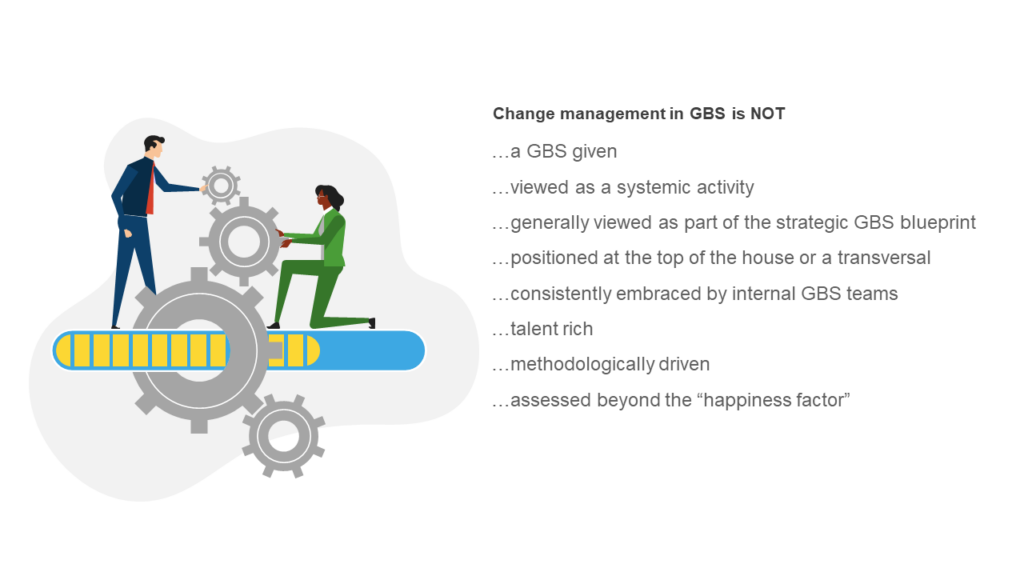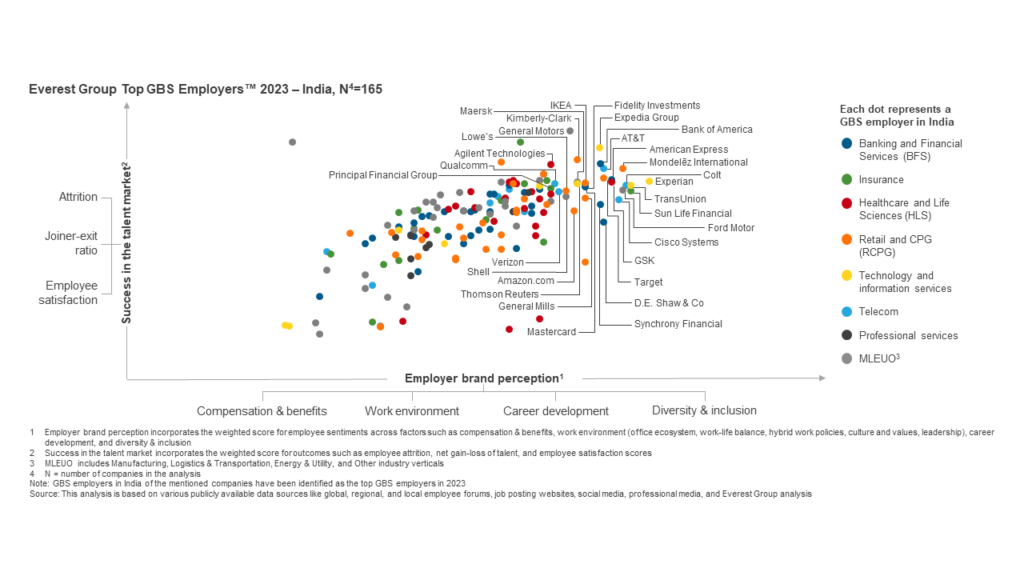Blog
Storytelling in GCC Organizations – Mastering the Art of Compelling Narratives

Storytelling is a powerful tool for establishing meaningful connections, fostering collaboration, and conveying brand essence. Global Capability Centers (GCCs) can use storytelling to transcend geographic and cultural barriers to effectively communicate their vision and value to diverse audiences. Discover the benefits, key factors for effective storytelling, and pitfalls to avoid in this blog.
In the realm of GCC organizations, they aimed high,
chasing growth, influence, and visibility in the sky.
Driven by ambition and relentless pursuit,
they found themselves caught in a different route.
Day-by-day operations took the lead,
communication, alas, began to recede.
Lost in the web of tasks and demands,
the art of connection slipped from their hands.
A challenging phase started to unfold,
as silence replaced the stories once told.
In this void, misunderstandings grew,
and collaboration became few.
But fear not, for there is hope yet,
to break free from this entangled net.
Let us reclaim the power of words,
and reignite the stories waiting to be heard.
So let us weave narratives, both bold and true,
reviving the art that brings us through.
In the symphony of voices, let us find,
the harmony that unites and binds.
Challenges GCCs face
In today’s rapidly evolving landscape, the imperative for GCCs to tell their stories effectively has become more crucial than ever. While most GCCs have successfully delivered upon their initial mandates for growth, concerns are mounting that they are increasingly viewed as mere offshore role aggregators as opposed to value generators. And that’s the case – values such as customer churn reduction and product differentiation are being created in several GCCs, harnessing the power of digital and improved business context.
Unfortunately, amidst the demands of day-to-day operations, the art of storytelling and celebrating great stories has taken a backseat, overshadowed by immediate-term priorities such as delivery management. However, by prioritizing storytelling GCCs can reap many benefits and drive meaningful outcomes.
1.Why should GCC organizations learn to tell their stories effectively?
A significant number of GCCs today lack a comprehensive approach to measuring the value they generate and struggling to articulate it to their global counterparts. This challenge was highlighted during the 2023 nasscom GCC conclave, where many leaders raised the question of value articulation. While the majority of organizations track metrics such as cost per full-time equivalent (FTE) and operational benchmarks such as service level agreement (SLA) attainment and retention, measuring value beyond arbitrage remains challenging. Organizations often lack robust mechanisms to quantify contributions made through new scope and initiatives that are unique to the GCC.
2. Build a stronger business case for new opportunities – scale operations across the enterprise
Successful GCCs have articulated the value they bring to the business by presenting their ability to take up new scope and engagement models through in-depth analysis of in-house capabilities and effective pitching. Pitches addressing multiple dimensions, including the business impact for the global enterprise, the cost of delivering desired outcomes, the impact on talent and operating models, and the scalability of proposed initiatives, often resonate better than solely highlighting business metrics.
Let’s consider the example of a GCC of a leading life sciences firm that proved the GCC’s ability to build effective teams across multiple therapeutic areas by centralizing capabilities such as market research, analytics, and generating insights. The GCC also is now engaging in multiple chargeback models as well, such as FTE-based fees for some processes and transaction-based for others. Effective storytelling has been a critical success factor for the GCC in its evolution journey.
3. Support broader change management initiatives – Move communications beyond just another email!
Change management has become a crucial capability for GCCs, particularly as they drive organization-wide initiatives. While Change Management and communication are not necessarily synonymous, communication forms an integral underlying element. Many organizations overlook the significance of crafting compelling narratives that highlight the rationale behind the change, its benefits, and its relevance to individuals and the overall organization. Building change enablers requires a strong foundation in effective storytelling that communicates why this change is important for the organization and its employees. It ensures that everyone is taken along on this journey – fully presenting the good, the bad, and the ugly.

The state of GBS change management is a conundrum
4. Create a compelling employer brand
Do your employees and target talent pool understand your employee value proposition (EVP)? It’s time to tell them.
Maintaining a positive brand image remains critical for attracting and retaining high-quality talent. Employees with specialized functional and behavioral skills are becoming ever more critical to sustained organizational success as the market gets more competitive. The biggest gap we see is companies investing in building and offering a differentiated strong EVP but doing little to ensure their employees and prospective candidates understand it. This creates a problem because people cannot appreciate what they do not know. Consequently, perception becomes reality and significantly impacts decisions, mostly unfavorably for employees.
Storytelling forms an essential component of maintaining and strengthening branding. In several GCC organizations today, a significant disparity exists between internal pulse ratings and external perceptions observed via third-party platforms. To bridge the gap and foster a more cohesive work environment, organizations must enhance internal communication about initiatives and efforts undertaken for employees alongside structural EVP upgrades.
Everest Group recently published the second edition of the Top GBS Employers™ report, revealing the following important insights:
- The employer initiatives initiated by India GBS in 2022 have had a significant impact on brand perception
- While approximately 60% of the top GBS employers from 2022 have maintained their positions, about 40% have slipped down
- At the same time, many GBS employers have positively improved brand perception n year-over-year, driven by initiatives that created a superior employee experience
- Implementing employee initiatives often takes time to have a noticeable impact on brand perception
- Market sensitivity revalidates the conviction that GBS employers need consistent efforts to maintain their brand perception, as complacency can result in a negative impact on the GBS brand

Everest Group Top GBS Employers™ 2023 – India
5. Focus on the X-factor to better serve the enterprise – prioritize employee experience
Managing experience can benefit three distinct stakeholder groups – employees in the GCC, the internal customer experience, and the end customer experience. While established metrics and approaches exist for managing end customer experience, the same level of focus is often lacking within the organization. Increasingly, many GCC organizations are building dedicated groups responsible for managing internal stakeholder experience. These teams act as liaisons between GCC and their global counterparts to identify pain points, investigate factors leading to multiple hand-offs and iterations, and find effective solutions.
What have you adopted to drive customer and internal network/employee experience from your GBS?
| Built a dedicated experience team focusing on enhancing experience across all stakeholder groups |
25% |
| Role limited to managing experience for internal network, i.e., different entities/BUs/GBS, and employees |
29% |
| Limited support currently, but area prioritized for 2023 |
18% |
| Still in exploratory phase, with focus currently prioritized on BAU and other value-addition initiatives |
18% |
| Currently not on agenda |
11% |
Source: Sustaining Momentum: Key Priorities for GBS Leaders Amid Economic Uncertainty
Pitfalls to avoid in storytelling
To ensure effective storytelling, organizations need to be aware of common stumbling blocks such as:
- Lacking clarity of the priorities of audiences they are targeting
- Waiting for big-bang events to amplify success or exaggerating one-time events (for example, highlighting new automation that only led to a 10% productivity improvement)
- Relying too heavily on specific groups of individuals to drive communication, without balancing the need for a storytelling philosophy in the organization’s DNA versus channeling it all through dedicated groups
- Not having a coordinated communication strategy across the organization
Enablers for effective storytelling
Several factors can contribute to successfully using this communication approach, including:
- Providing soft-skills training for first-line managers to improve communication
- Implementing robust systems to capture and communicate the value-add contributions across businesses
- Having a communications team with dedicated social media strategy and guidelines to ensure consistency in communication across businesses
- Striking a balance in styles that doesn’t overcommunicate or dilute the message
As GCC organizations mature and move closer to the end customer, they must recognize the immense value of a strong storytelling capability. Whether embedded in their culture or embraced as a guiding philosophy, storytelling becomes a powerful tool to forge meaningful connections, inspire collaboration, and convey the essence of their brand.
We strongly believe that by crafting compelling narratives, GCCs can transcend geographical barriers and cultural differences, effectively communicating their vision and values to diverse audiences. By embracing storytelling as a strategic lever, GCC organizations can amplify their impact, cultivate meaningful connections, and strengthen their position in an ever-evolving landscape.
Check out Everest Group’s recently published report, State of Play in GBS Change Management, to learn more about change management in GBS.
Check out Everest Group’s recently published report to know more about employer branding in GBS.